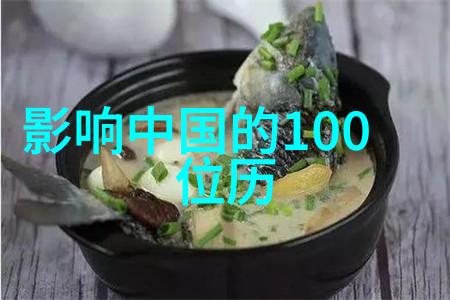The Ming dynasty, which lasted from 1368 to 1644, is a fascinating period in Chinese history marked by significant cultural, economic and political achievements. As an English speaker interested in delving into this era's rich tapestry, you might find yourself pondering how to translate "明朝历史" or "Ming Dynasty History" into English. This article aims to provide a comprehensive guide on translating key terms related to Ming history while highlighting its most remarkable aspects.

Understanding the Context: Before embarking on any translation project, it's essential to grasp the historical context surrounding the Ming dynasty. Established after the overthrow of the Mongol-led Yuan dynasty by Zhu Yuanzhang (later known as Hongwu Emperor), who founded the new capital Nanjing in 1368, this era was characterized by relative peace and stability following centuries of war and turmoil.
Key Terms & Concepts: When translating specific terms related to Ming history into English, accuracy is paramount. For instance:

明朝 (Ming) translates as "the clear or bright dynasty," reflecting its name.

明太祖 (Hongwu Emperor) means "the great founder of clarity."
明成祖 (Yongle Emperor) translates as "the emperor who establishes clarity."

Historical Events & Figures: To ensure that your translations accurately convey historical events and figures' significance:

The Forbidden City's construction during Yongle Emperor's reign represents China's architectural prowess.
Admiral Zheng He's maritime expeditions symbolize China's seafaring capabilities at their peak.
Cultural Achievements: The Ming period saw numerous cultural advancements worth noting:
The invention of movable-type printing press during Jiajing Emperor’s rule revolutionized communication.
Economic Developments: During this time frame:
Silk production reached unprecedented heights with improved techniques like sericulture.
Challenges & Legacy: Despite facing internal strife such as peasant uprisings and regional wars towards its end,
The legacy of the Ming dynasty extends far beyond these confines – it remains an integral part of Chinese heritage today with many modern-day structures drawing inspiration from architectural marvels built during this time period.
In conclusion, understanding various aspects within '明朝历史用英语怎么翻译' requires careful consideration not only for accurate terminology but also for grasping intricate historical contexts that shaped each era-defining event or figure throughout Chinese history spanning over four centuries under one banner – '明朝'.
